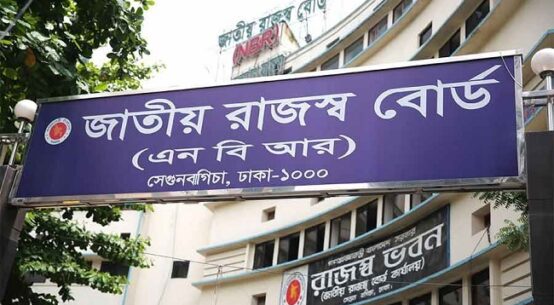The government is bringing new technology to plug the gaps in the detection and tracking of reckless driving left by conventional methods to ensure safer highways, official sources said.
The implementation of the technology-driven Intelligent Transport System (ITS) will allow the authorities to elevate highway surveillance on a par with developed countries.
The government hopes that the use of technology will provide the necessary impetus for drivers to comply with traffic rules while also enabling the authorities to take prompt action against violators and expedite the post-crash response.
The automated ITS technology is being installed to regulate traffic on two highways under two separate projects at a combined cost of around Tk 2.75 billion.
At the same time, some experts are calling on the government to build the necessary capacity to sustain such expensive and technologically advanced projects by preparing a skilled workforce and ensuring the proper application of the law.
Prof Shamsul Hoque, former director of the Accident Research Institute of BUET, stressed the importance of learning from the costly mistakes made during the efforts to digitalise Dhaka city’s traffic management system.
With the help of software and device-based ITS technology, the movement of vehicles on the road can be monitored remotely. Drivers will be able to know whether their vehicles are running within the speed limit and receive warnings when they approach it.
The ‘Vehicle Detective System’ will allow officials in the traffic control room to identify speeding vehicles.
After the system is in place, there is likely to be little to no scope for drivers to disregard traffic lanes and speed limits. Local law enforcement agencies will instantly be alerted to violations through signals and messages.
The projects are geared towards making highways safe by reducing the risk of accidents, according to their proponents. Alongside strengthening the safety system on highways, the technology can facilitate vehicle data collection and speed detection, while automatically generating notifications on accidents.
The Road Transport and Highways Division has taken the initiative to introduce the system on a 40-km stretch of the Bangabandhu Sheikh Mujib National Highway (N8) leading to the Padma Bridge via the Dhaka-Mawa Expressway on a trial basis. It will be implemented by the Roads and Highways Department.
Meanwhile, uninterrupted ITS technology will be on hand along the 260-km highway from Gazipur’s Joydebpur to Rangpur.
The technology will be deployed as part of the regional highway construction project under the auspices of the South Asia Subregional Economic Cooperation (SACEC) initiative. To further the initiative, the Roads and Highways Department signed an agreement with Dhaka’s National Development Engineers Limited (NDE) and China’s Fiberhome Telecommunication Technologies Company Limited in April, according to SASEC’s website.
The ITS is being introduced under the ongoing Asian Development Bank-funded SASEC Road Link Project to upgrade the Elenga-Hatikamrul-Rangpur Highway to four lanes at a cost of Tk 1.51 billion.
Meanwhile, the 40-km stretch of the Dhaka-Mawa Expressway from Dhaka to Munshiganj’s Srinagar will be monitored round the clock after a traffic management centre, equipped with the ITS, is set up.
The project, set to cost Tk 1.22 billion, was greenlighted by the government on Oct 11. It is scheduled to be completed in December 2025, with financial assistance worth Tk 830 million and technical support from Korea International Cooperation Agency (KOICA). The remaining Tk 390 million will come from state coffers.
Although the automated monitoring system is certain to add a new dimension to traffic management, the government’s questionable track record of implementing other projects in the field casts a long shadow over its latest endeavour, according to Prof Shamsul Hoque.
Pointing to the “lack of transparency and accountability” in some of the previous enterprises, the expert fears the purchases made under the ITS projects may ultimately end up going to waste.
Several initiatives centred on road safety were taken in the past, especially by traffic police, according to Prof Shamsul. Numerous signboards and signal lights were installed across Dhaka city as the prospect of traffic management using digital methods was talked up by the authorities. But after a few months, the plan to transition from an analogue to a digital model of traffic management fell by the wayside. Ultimately, traffic in the mega city is being controlled using the analogue system.

